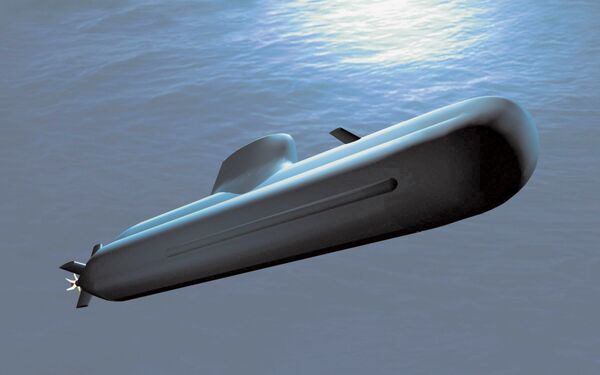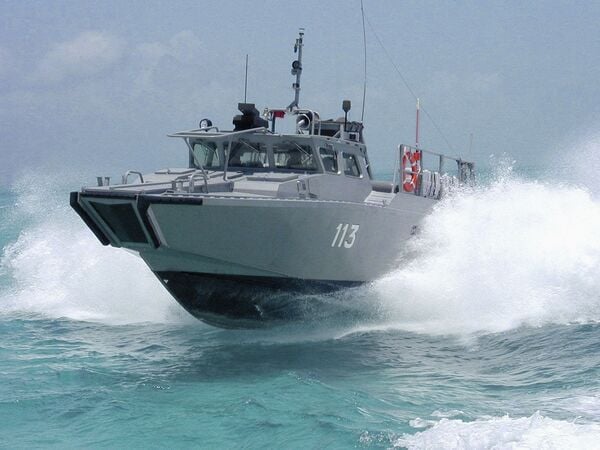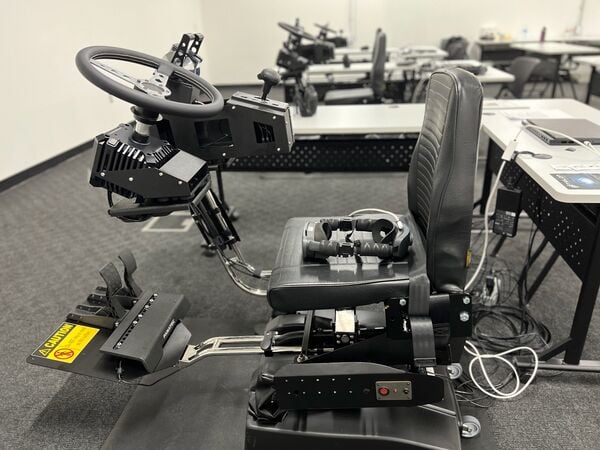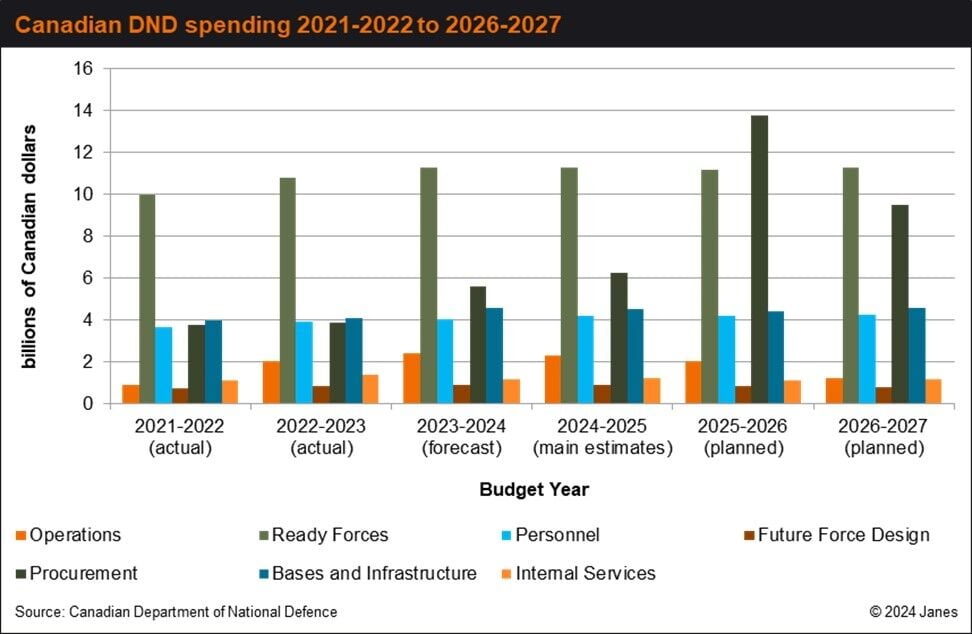- About
- Intara
- Capabilities
- Advisory
- Resources
- News
- Store
TKMS, Mazagon Dock enter submarine partnership
08 June 2023
by Jon Grevatt


ThyssenKrupp Marine Systems and Mazagon Dock Shipbuilders are expected to offer the Indian Navy a version of the Type 214 submarine for the service's P-75I programme for six AIP-capable submarines. (Howaldtswerke-Deutsche Werft)
India's Mazagon Dock Shipbuilders Ltd (MDL) and Germany's ThyssenKrupp Marine Systems (TKMS) have signed an agreement to support the construction in India of air-independent propulsion (AIP)-capable diesel-electric submarines (SSKs).
The deal is intended to position the two companies for the Indian Navy's stalled Project 75 (India) (P-75I) programme – estimated to be worth about INR400 billion (USD4.8 billion) – to procure six AIP-capable SSKs.
MDL said in a filing to the Bombay Stock Exchange that its “non-binding non-financial” memorandum of understanding (MOU) was signed with TKMS on 7 June during German Federal Minister of Defence Boris Pistorius' visit to MDL shipbuilding facilities in Mumbai.
TKMS said that under the agreement, TKMS would be responsible for SSK design, engineering, and consultancy, while MDL would handle construction and delivery to the Indian Navy. TKMS said that if the proposal is successful, the submarines would feature “significant” levels of local content.
Saab's Skapa initiative aims to speed technology into customers' hands
24 April 2024
by Jeremiah Cushman


Saab has developed an autonomy package for its CB 90 fast boat and demonstrated its ability to navigate the Swedish coast. Pictured above is a CB 90 that was delivered to Malaysia. (Dockstavarvet)
Saab has established a new business function to revamp how it develops and delivers products to meet changing customer requirements. Skapa, a Swedish word that means “to create, to make, or to shape”, will focus on solving customer and stakeholder problems at speed, Erik Smith, president and CEO of Saab in the United States, told reporters on 23 April. “Skapa will accelerate the development and deployment of cutting-edge solutions to our warfighters” at pace, he said.
XR Training-led consortium wins USMC ACV simulator contract
24 April 2024
by Giles Ebbutt


The XR Training consortium's USMC Amphibious Combat Vehicle driver simulator in its seat configuration with two DoF motion platform. The Vive HTC Elite headset is on the seat. The Instructor station laptop is on the table behind. (XR Training)
A consortium led by XR Training has been awarded a contract by the US Marine Corps (USMC) under an Other Transaction Agreement (OTA) to produce a driver training simulator for the new Amphibious Combat Vehicle (ACV). The value of the contract was not disclosed but Neil Levin, XR Training CEO, told Janes that it was “in the high seven-figure area”.
The consortium, which also includes Talon Simulations (hardware), 302 Interactive (software development), and Theory Studios (modelling and visuals), will deliver 81 simulators by the end of 2024, followed by a two-year training and sustainment period. Most simulators will be deployed to Camps Pendleton and Lejeune, with some for use for “schoolhouse” training and some for deploying units.
Canada unveils CAD33.8 billion defence budget for 2024–25
18 April 2024
by Jeremiah Cushman


Actual and planned Canadian defence spending by category from 2021–22 to 2026–27. (Janes)
The Canadian government released its fiscal year (FY) 2024 defence budget on 16 April. The document projects spending of CAD33.8 billion (USD24.6 billion) in 2024–25, including adjustments from the Budget 2023 Refocusing Government Spending Exercise and incremental funding in the 2024 budget, although it warns that forecast amounts may change as programmes move through implementation. This is an increase from the forecast CAD29.9 billion spending in 2023–24, according to the document.
The 2024–25 main estimates produced by the Treasury Board projected defence spending of CAD30.6 billion, a small increase from the latest spending estimate for 2023–24, which totalled CAD30.3 billion. This is a 14% increase over the initial 2023–24 main estimate of CAD26.5 billion, according to Treasury Board figures. Expenditures in 2022–23 totalled CAD26.9 billion.
India's Mazagon Dock Shipbuilders Ltd (MDL) and Germany's ThyssenKrupp Marine Systems (TKMS) have si...
Latest Podcasts
Iran Israel analysis
In this podcast Janes analysts discuss the Iranian attacks on Israel on the 14 April. They highlight the military systems used by Iran and the performance and impact of these on Israel. They also discuss the implications of this attack goi...
Listen nowJanes Case Studies
Using Janes Intara to build a common intelligence picture: Russian build up on the Ukrainian border
View Case StudyNews Categories
 Industry Details
Industry Details